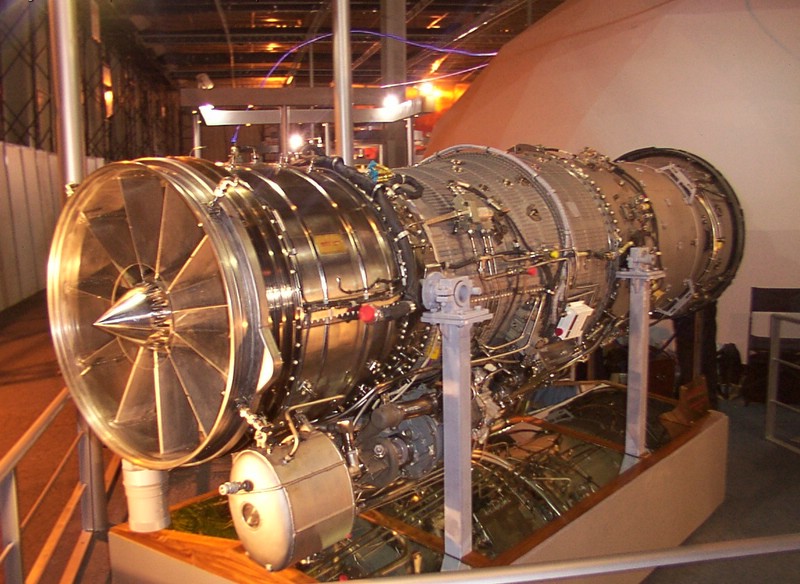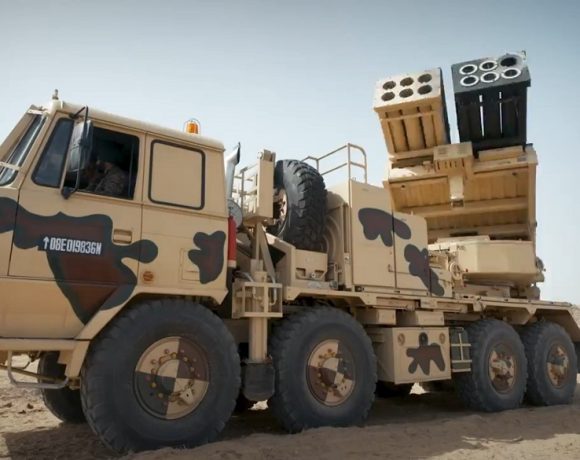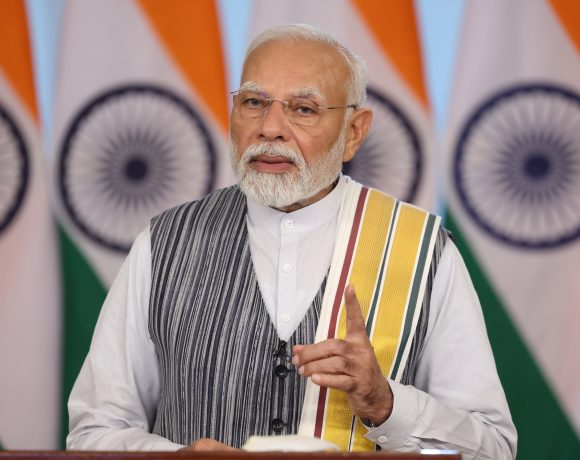
India Boosts Kaveri Engine Funding for Ghatak, Tejas Mk2
India’s indigenous jet engine development has received a major boost, with the government approving additional funding to fast-track the Kaveri engine program. This renewed investment aims to accelerate the development of both the Kaveri Derivative Engine (KDE) and the more advanced Kaveri 2.0. Both variants are essential to future combat aviation platforms such as the stealthy Ghatak UCAV and the Tejas Mk2 fighter jet.
The Defence Research and Development Organisation’s Gas Turbine Research Establishment (GTRE) is leading this critical effort. The Kaveri Derivative Engine is a non-afterburning version expected to produce around 46–49 kN of thrust. It is specifically designed for the Ghatak stealth unmanned combat aerial vehicle. “The Kaveri Derivative Engine, using dry thrust, has already achieved 48.5 kN during testing in Russia,” a senior official noted. The engine has been cleared for further flight testing by late 2024.
At the same time, work is underway on the Kaveri 2.0 variant, which includes an afterburner and is aimed at achieving 90 kN of thrust. This version is being tailored for integration with future variants of the Tejas Mk1A and the upcoming Tejas Mk2, with the long-term goal of reducing reliance on imported engines like the GE F404 and F414.
This engine development push also has major strategic value. As Defence Minister Rajnath Singh stated, “Our skies must be powered by engines built in India, for India.” The initiative aligns with India’s broader Atmanirbhar Bharat (self-reliant India) policy, emphasizing domestic capabilities in defense technology.
The Kaveri engine program, which began in the late 1980s, had faced technical hurdles that led to its decoupling from the original Tejas fighter jet program in 2008. However, recent progress and flight-readiness milestones have revived the project. The new financial support is expected to speed up testing schedules, particularly for the KDE variant, which will undergo more trials in Russia through 2025.
If successful, the operational deployment of the Kaveri engines in Indian-origin platforms like Ghatak and Tejas Mk2 would mark a transformative step in India’s aerospace autonomy. The move also sends a clear signal of intent to reduce foreign dependencies and build indigenous high-performance propulsion systems for next-generation aerial warfare.


















